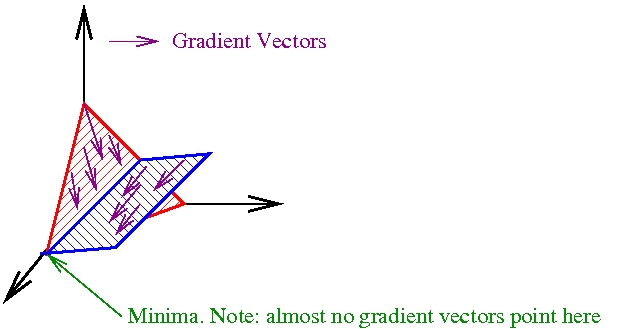Perhaps the biggest CS prize for research is the Turing Award, which has a $0.25M cash prize associated with it. It appears none of the prizes so far have been for anything like machine learning (the closest are perhaps database awards).
In CS theory, there is the Gödel Prize which is smaller and newer, offering a $5K prize along and perhaps (more importantly) recognition. One such award has been given for Machine Learning, to Robert Schapire and Yoav Freund for Adaboost.
In Machine Learning, there seems to be no equivalent of these sorts of prizes. There are several plausible reasons for this:
| There is no coherent community. | People drift in and out of the central conferences all the time. Most of the author names from 10 years ago do not occur in the conferences of today. In addition, the entire subject area is fairly new. | There are at least a core group of people who have stayed around. |
| Machine Learning work doesn’t last | Almost every paper is forgotten, because {the goals change, there isn’t any real progress, there are no teachable foundations}. | It’s true of all fields of research. |
| There is no consensus (or clarity) on what’s important. | The field is fractured between many very different viewpoints—statistical, empirical, AI, and theoretical. The prioritization of results across these very different viewpoints is hard. | We can hope that people who have been around for awhile can learn to appreciate these other viewpoints. The Turing Award is over a much more diverse set of interests. |
I think there are some sound reasons why we-as-a-field-of-research should want a field-wide award.
- Aspiration Perhaps the most valuable aspect of an award is that it gives people an incentive to aim for something in the long term. The closest approximation that we have right now is “best papers” awards at individual conferences. Best paper awards have a role, but it’s not the same. 10 years from now, when we look back 10 years, which papers will seem most significant? Across many different conferences?
- Representation One function of an award is that tells other people what we consider good work. In an academic reference frame, it gives information of the form “this person deserves tenure”. From a less cynical point of view, having a short list of “what’s important” that outsiders can peruse might be quite helpful as a starting point in understanding what’s going on.
- Crystallization Research is a process of discovering information and placing it carefully in context. An award has some role in furthering that process.
The worst part of any award is administering it. How do you avoid wasting time and playing favorites while keeping the higher level vision of what might be useful in the long term? I don’t have any great insight, except that it would need to be done.
